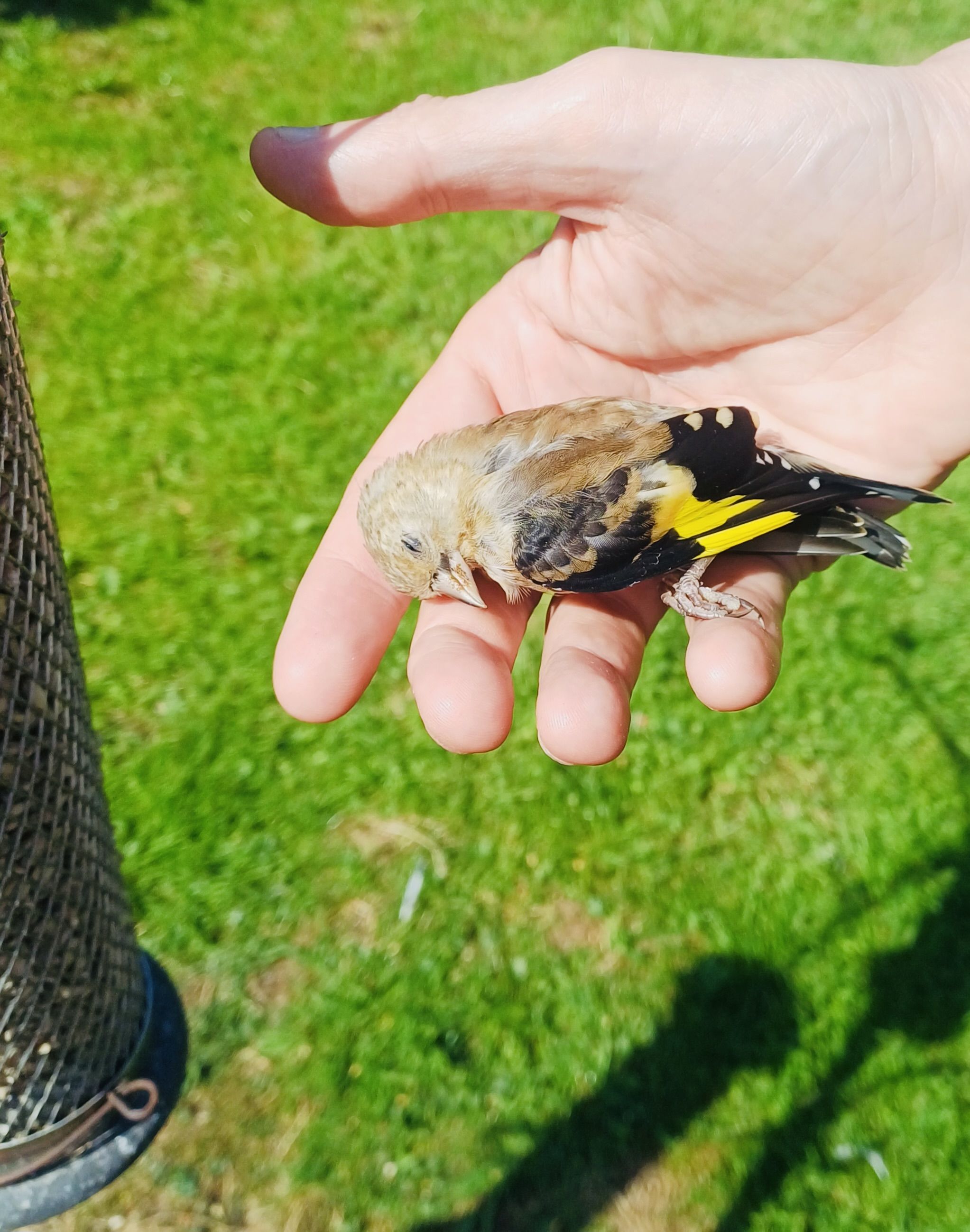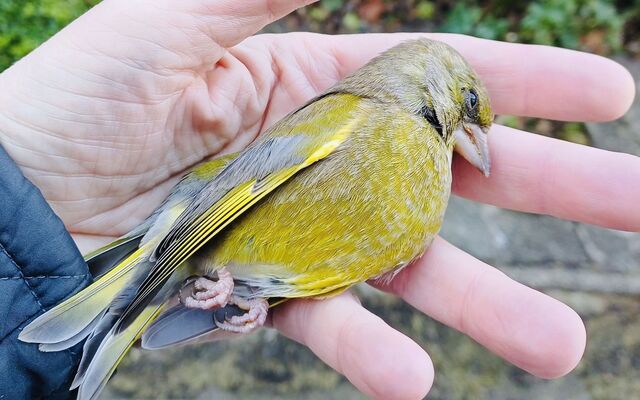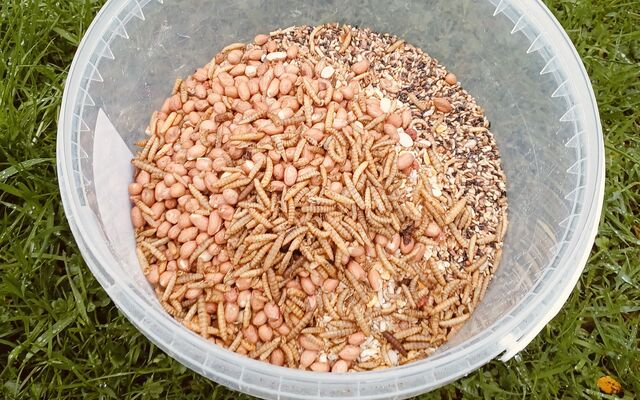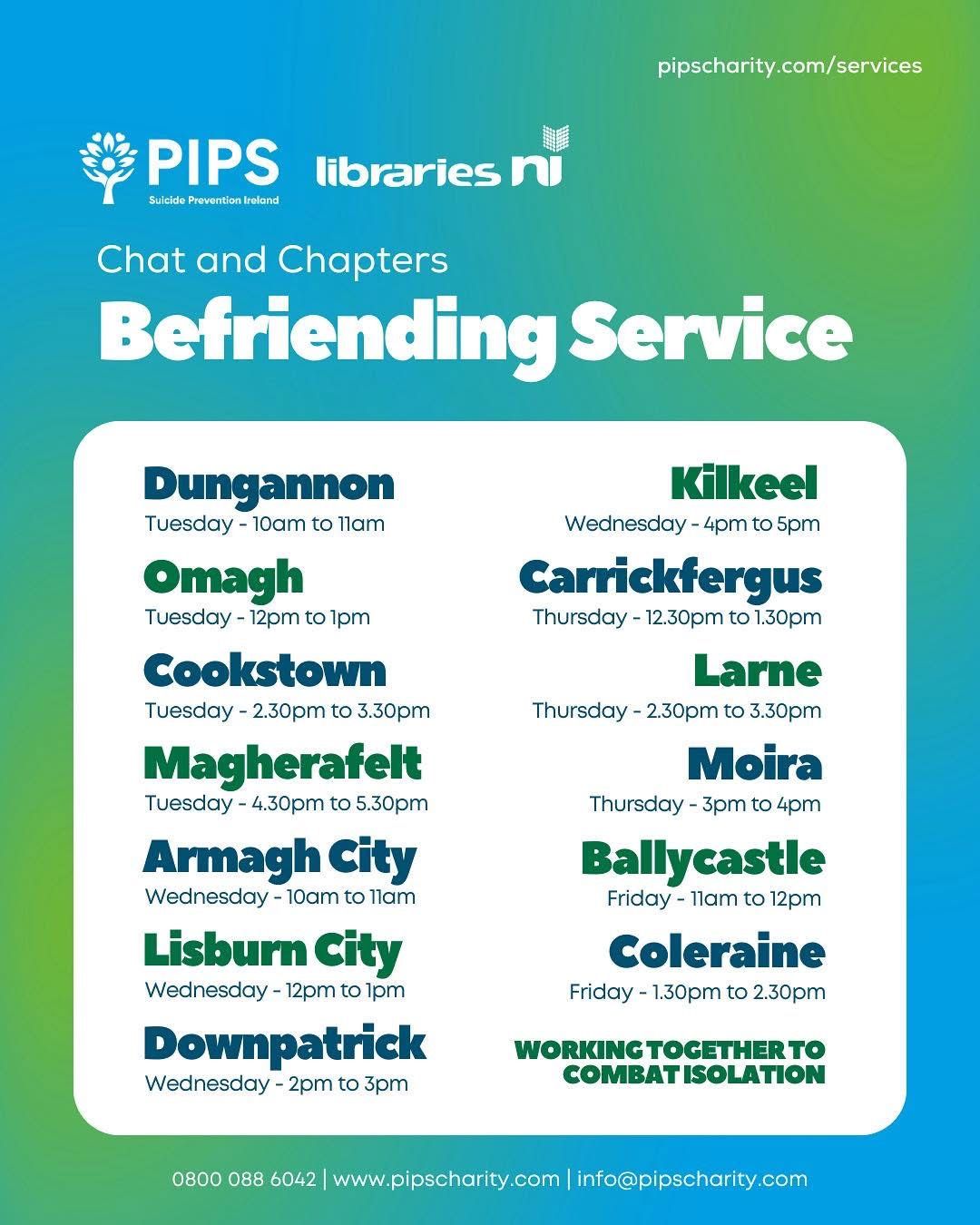IT’S a heartbreaker – and it’s totally Dúlra’s fault.
This wee goldfinch crashed into the kitchen window this week and died instantly. Dúlra heard the thump and went outside hoping to be able to help a stunned bird, only to find its limp body.
He has stickers on the window after previous incidents, but it’s clearly not enough. Sometimes the windows just seem to become totally invisible to birds depending on the angle of the sun and how it reflects the garden hedges at different times of the day.
Just last week a chaffinch flew into another window. Dúlra was able to pick it up and bring it indoors, put it in a shoebox with a jam jar lid of water and leave it alone for ten minutes. That’s what stunned birds need – just a bit of time to safely recover out of the way of predators like hawks or cats out for an easy meal.
After 10 minutes he brought the box outside and opened it, and the chaffinch flew away, totally recovered. Last year below the living room window he found the body of a young song thrush – a tragedy as these birds are so rare nowadays.
Stats say that one in three window strikes are fatal. We can all do more to help prevent them. Dúlra hangs things like old necklaces from the window handles. Or you can order stickers on the internet that are designed for that very purpose. The ones Dúlra ordered were black shapes of birds, not surprisingly the ones shaped like hawks were the most effective!
But recent studies suggest that these stickers aren’t good enough as birds will try to fly through the exposed glass and past the image of the predator.
The goldfinch that hit the window this week was a youngster, which makes it even more tragic. This bird hasn’t developed its beautiful red face yet but still has the gold wings. These juveniles have just left the nest and are discovering the wonderful new world around them.
That world includes sunflower seeds in the garden feeder that goldfinches love. Dúlra has a flock of about 20 at the feeders every day, most of them youngsters like the one that hit the window. He thinks he’s helping them by offering food, but is he really when he’s enticing them to a man-made structure that has potentially fatal invisible walls?
We don't know how many birds are killed each year by window collisions, but it’s estimated that in the United States alone a billion birds die this way. Warblers, thrushes and sparrows are the most vulnerable – it’s thought that the altitude these birds fly at make them most likely to hit a window. Birds that spend most of their time on the ground are also at risk.
Commercial buildings can take a terrible toll, especially with all-glass high-rises being so popular. The more vegetation put around these buildings – ironically in a bid to attract birdlife – the more birds are killed because the reflective windows create an illusion of plants. At times of migration, skyscrapers become death traps when they are lit up at night.
But there is hope. After more than 1,000 birds were killed in a single night at a lakeside convention centre in Chicago in 2023, they developed a plan to finally stop it. They applied small white dots on all the windows like a grid – and deaths have fallen by 95 per cent. People don’t mind the dots and the birds can clearly see them.
In New York, where it’s estimated that 230,000 birds are killed every year colliding with windows, a new Bird Friendly Buildings Act means builders have to use materials visible to flying birds like patterned glass above a certain height.
Holding a dead goldfinch in your hand is heartbreaking. Readers have reported similar incidents. One reader in County Down told how a sparrowhawk was killed after hitting their conservatory. And Dúlra once saw the perfect impression of a flying sparrowhawk on his own window – thankfully the bird must have been able to fly away.
There’s now a new sticker on the kitchen window, but it’s not going to be enough. Young birds in particular haven’t learned of the danger. And by attracting these finches down from their natural habitat on the Belfast Hills, he's actually putting their lives in danger.
But as winter approaches, they’ll depend on our food – that’s why the goldfinch population has risen in recent years. Dúlra will just have to contact someone in Chicago about those wee white dots.
• If you’ve seen or photographed anything interesting, or have any nature questions, you can text Dúlra on 07801 414804.







